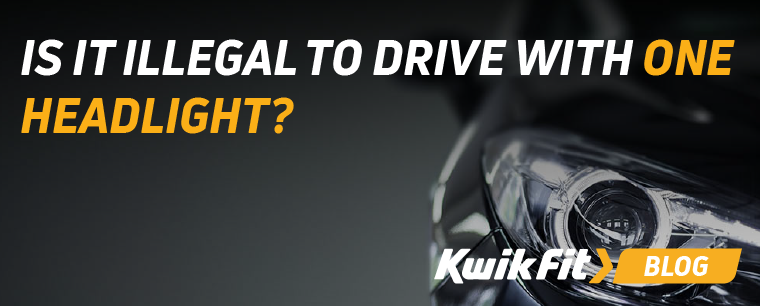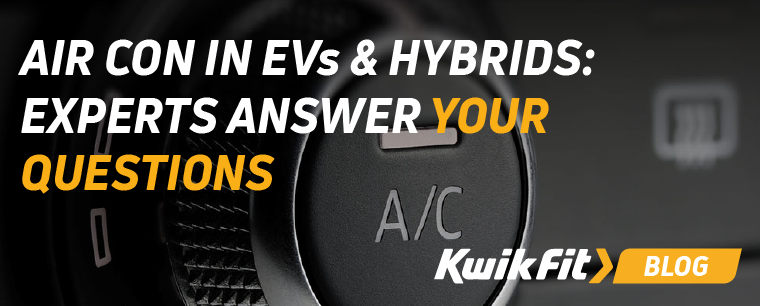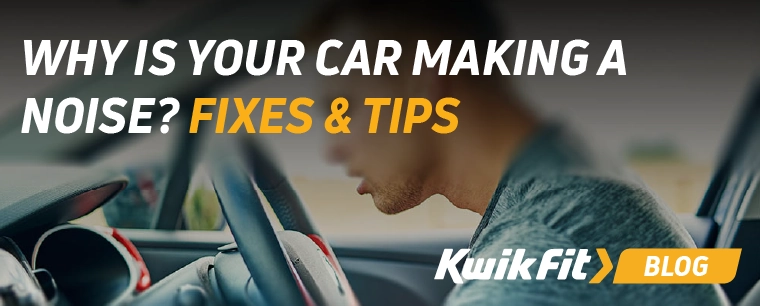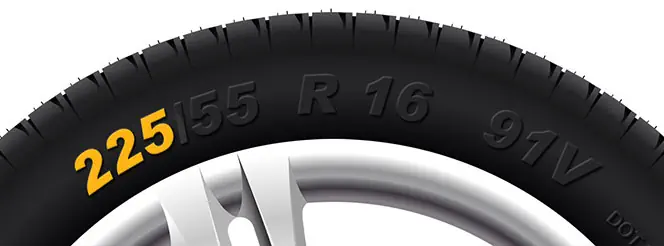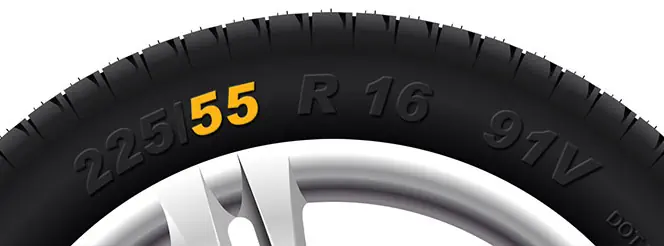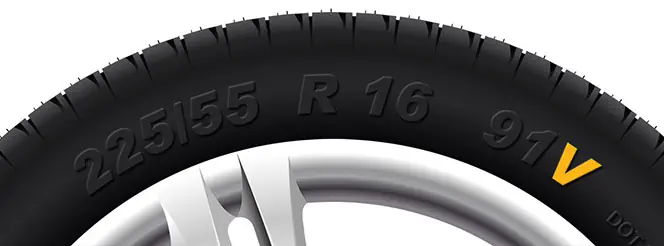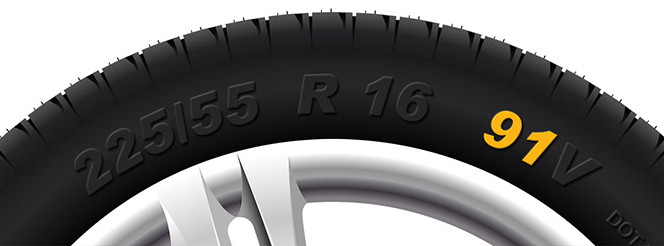Are SUVs Actually Safer?
Jack Dreyer | Tuesday 31st January 2023 8:00am
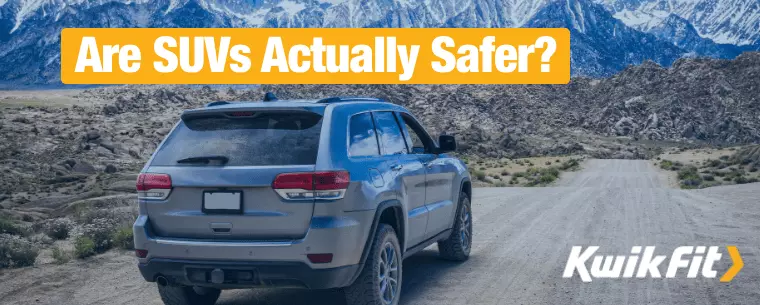
Sport Utility Vehicles have, in the last 5-10 years, quickly grown to be a dominant force in the auto market. Where they were once a rare luxury, now you can’t leave your house without being boxed in by one! In fact, SUVs, crossovers, and 4x4s now make up 25% of new car sales.
There are a few reasons beind this explosive SUV growth: style, comfort, growing affordability, and – crucially – a perception of increased safety. The Range Rover as a family car developed partly for the sake of street prestige, partly because the spaciousness makes them comfortable and versatile to be in, and partly because of a perception that driving such a large vehicle kept the occupants safe.
But how valid is this last perception? We can agree that Range Rovers are high value vehicles, that they’re large, that the plush heated leather seats are comfortable, but are they actually safer to be in?
Let’s find out.
What exactly is an SUV?
Sport Utility Vehicles (SUVs) are a comparatively recent addition to the car market. The term has become a vague one used more for marketing larger, sometimes-4x4 vehicles. The main defining characteristics are that they’re taller, bulkier, and larger than saloons and hatchbacks.
They were born out of a desire for the security and comfort of a large off-road vehicle but primarily for use within towns and cities.
They’re sometimes four-wheel-drive, but are more commonly two-wheel-drive these days
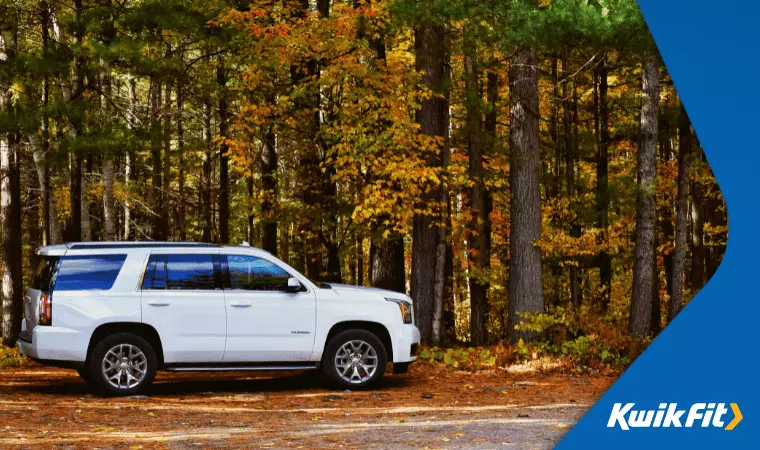
Apparently, yes, they’re safer – sometimes
Because the driver and passenger seats in an SUV sit much higher than an average car, the occupants are much less likely to be physically impacted in the event of a collision. Research quoted by Michelin supports the theory that they’re safer, with drivers and passengers in an SUV being 50% more likely to survive a car crash without suffering serious injuries compared to those in a Saloon.
Without access to the primary data, we can’t tell a reason for this, but there are two clear possibilities for this outcome.
1.) SUVs aren’t the only vehicles on the road
While SUVs have become a large segment of the market, they’re not the only vehicles on the road. So, statistically, the collision data collected would have been heavily weighted by collisions between SUVs and non-SUVs. Which means that the impacts would primarily be felt by the lower vehicle.
So, you could comfortably say that SUVs are safer than saloons in collisions with saloons. But this doesn’t necessarily mean that SUVs are always safer vehicles – collisions aren’t always between two vehicles.
Their size, for example, may make impacts more likely as they’re less able to squeeze through spaces and, to counter the research quoted by Michelin, The Guardian claimed that a person in an SUV is 11% more likely to die in a car crash and twice as likely to roll – due to the higher centre of gravity.
This, however, is quoting New York Times reporting from 2004, so the actual design and safety of SUVs is likely to have come a long way since their millennial infancy – not to mention that this is only dealing with US data. Which leads us to the second main point for them potentially being safer.
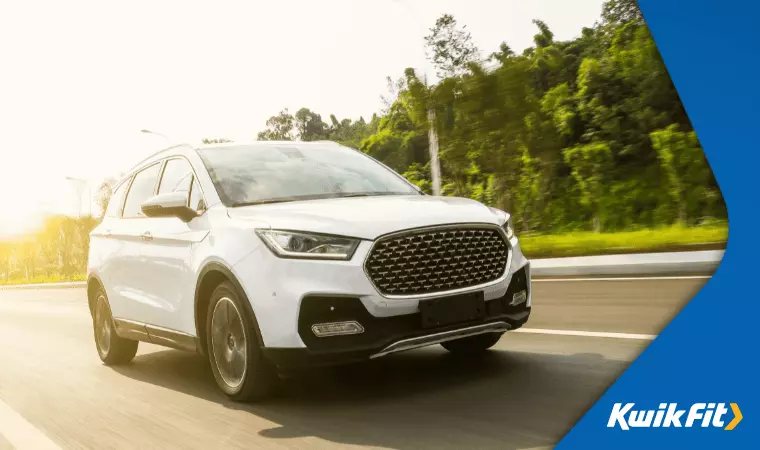
2.) SUVs are reinforced
The second suggested possibility from the finding is that SUVs are safer because of the way they’re constructed. This is harder to pinpoint without much clear data, but the perception is that SUVs being heavier and larger means they’re denser and therefore reinforced for crashes.
In some cases, this is correct. Construction and military-style SUVs, also more popular over the pond than here, are reinforced to an extent because they need to cope with varying, extreme conditions. But most SUV drivers don’t need to handle warzone conditions, so the vast majority of SUVs on the road aren’t actually as reinforced as they seem because there’s always a balance between ruggedness, fuel economy, and resource allocation.
Not all SUVs are built equally – or for the same reasons
Ultimately, if you’re considering buying an SUV for the sake of safety and not for other reasons like reliability, comfort, manoeuvrability, or interior space, then you should consider the SUV model itself, collision histories of it, and – crucially – where you’ll be driving it.
It may feel safer, for example, to drive a tank, but driving a tank in Kensington or York’s Shambles may not be the most appropriate vehicle choice for the area. Conversely, driving a Ford KA in the countryside may not be an appropriate vehicle choice given road conditions.
Whichever car you choose, trust the experts at your local Kwik Fit centre to keep it in top condition.
Any facts, figures and prices shown in our blog articles are correct at time of publication.
Featured Articles
Is it Illegal to Drive With One Headlight?
Saturday 19th July 2025
Wondering if it’s illegal to drive with one headlight? Learn about the safety risks and penalties of illegal blown bulbs and why you should fix them promptly.
Air Con in EVs & Hybrids: Experts Answer Your Questions
Monday 30th June 2025
Does air con drain EV batteries? Can you use the air con while charging an electric car? Find out the answers to these questions & more from Kwik Fit’s experts.
Why Is Your Car Making a Noise? Fixes & Tips
Friday 13th June 2025
When your car starts making unexpected noises, it can certainly be quite disconcerting; it may be nothing to worry about, but here’s what you need to know.


